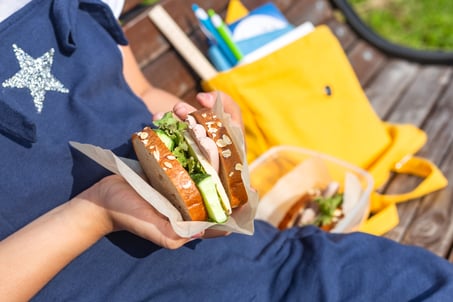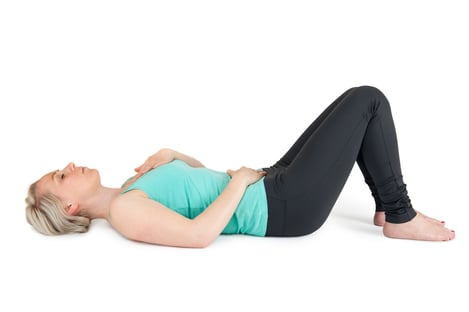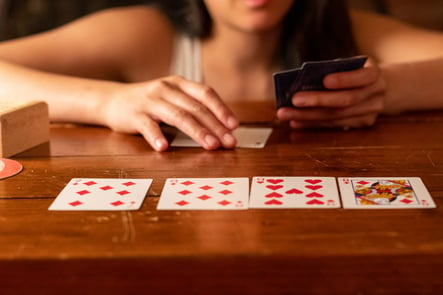 As many of us are confronted with the decision of whether to send our children back to school or continue with online learning, we are faced with many questions that we had never had to ask ourselves before. Breakfast, lunch, and often snacks are mainly consumed during these hours at school, so as we continue to see Indiana trying to return to normal and reopen, we might need to tailor our eating habits to ensure we are not risking unnecessary exposure to COVID-19 when refueling our bodies throughout the day. These ideas also work for adults who are returning to the workplace or have already returned to the workplace.
As many of us are confronted with the decision of whether to send our children back to school or continue with online learning, we are faced with many questions that we had never had to ask ourselves before. Breakfast, lunch, and often snacks are mainly consumed during these hours at school, so as we continue to see Indiana trying to return to normal and reopen, we might need to tailor our eating habits to ensure we are not risking unnecessary exposure to COVID-19 when refueling our bodies throughout the day. These ideas also work for adults who are returning to the workplace or have already returned to the workplace.
Keep in mind, you want each meal to be comprised of plenty of fruits and veggies (half of your plate), while one quarter of your plate is filled with a protein, and the remaining quarter is filled with a minimally processed grain like brown rice or whole-wheat pasta. Make sure to use leftovers to make the next day’s meal prep easy—think large-batch cooking. Snacks should have a protein (such as nuts, peanut butter, etc.) along with a high-fiber carbohydrate like a piece of fruit (think banana or apple) to keep you feeling satisfied throughout the day.
Tips for Safe Eating at Schools and Work
Here are some actions to consider when eating meals at work or school amid a pandemic:
- Cut back on items that require heating up in the microwave to avoid touching a community microwave.
- Use a thermos if you would like to take hot items (such as coffee or soup).
- Pack a bottle of water (drinking fountains are likely to be closed).
- Practice “hands-free” snacking. An example for kids: toothpicks already placed into small sandwich squares that they can pick up like an hors d’oeuvre makes for a fun and safe way to eat finger foods!
- Use packaging to avoid touching food prior to ingesting food items.
- Practice good hand hygiene. Scrub with soap and water for a minimum of 20 seconds and don’t touch other items prior to eating.
- Bring your own utensils, napkins, and condiments.
- Vary the times you visit the cafeteria if possible to avoid high-traffic times.
- Keep your mask on as long as possible and try to sit at least 6 feet apart.
Meal and Snack Ideas
Take a look at some of these meal and snack ideas and give them a try. Keep in mind that these are suggestions, and I hope they provide inspiration. Although they don’t cut out your risk 100 percent, every little bit helps during this crazy time.
Breakfast Ideas
- Smoothie: 1-2 cups of frozen fruit, a handful of leafy greens, a spoonful of peanut butter, and milk of your choice blended to your preferred consistency. Pack in a thermos and bring your own straw.
- A banana and a squeezable almond butter packet (such as Justin’s).
- Overnight oats: soak rolled oats in milk in the fridge overnight with a dollop of peanut butter. Add fresh or frozen fruit on top. Eat cold or throw in the microwave before leaving the house (it retains heat well!).
Lunch Ideas
- Sandwiches on whole-wheat bread: wrap in parchment paper to avoid touching the sandwich when eating it. Skip the deli meats and try to load up on colorful and crunchy veggies with hummus in this option.
- Pasta salad: bring your own utensils. Make a big batch of whole-wheat pasta and sautéed veggies and toss with balsamic vinegar and olive oil in the morning. Toss in a can of pinto beans or a handful of pine nuts for an easy protein.
- Spinach salad: top with carrots, cherry tomatoes, walnuts, and chickpeas. Toss dressing on at lunch.
Snacks and Sides Ideas
- Squeezable applesauce pouches
- Larabars
- Mamma Chia Squeeze pouch
- Yogurt with a banana—I love the Silk soy yogurt for a dairy-free option
- Individual bags of prepopped popcorn (try pouring it into your mouth straight from the bag—it might not look graceful at times, but it keeps your fingers out of your mouth!)
- Precut fruit salad (apples, strawberries, blueberries, etc.)
- Precut/bite-sized carrots, cucumber, and celery that you can easily stab with a fork or toothpick and dip into a little hummus
***
While this is not an easy time for anyone, trying to keep up your routine in eating habits is important so that your body is properly fueled and healthy. Best of luck this year, and stay healthy!
This blog was written by Lindsey Hehman, MA, RD, CD. To learn more about the NIFS bloggers, click here.


 In The Wizard of Oz, Dorothy woke up after a terrible storm in a world she didn’t recognize. The normal that she had known no longer existed. We are “not in Kansas” (or Indiana, for that matter) anymore after COVID-19 erupted around the world. Normal is gone for the time being. Some people have lost jobs and incomes, or are forced to work from home. Some have had or are fighting the disease, and some unfortunately have lost their lives.
In The Wizard of Oz, Dorothy woke up after a terrible storm in a world she didn’t recognize. The normal that she had known no longer existed. We are “not in Kansas” (or Indiana, for that matter) anymore after COVID-19 erupted around the world. Normal is gone for the time being. Some people have lost jobs and incomes, or are forced to work from home. Some have had or are fighting the disease, and some unfortunately have lost their lives.  It goes without saying; we’re living through some pretty odd times. With the onset of COVID-19, many of our lives have been flipped on their heads. For some, there has been less structure, and maybe a little more downtime, and that has the potential to make even the sanest of them all go a little stir-crazy.
It goes without saying; we’re living through some pretty odd times. With the onset of COVID-19, many of our lives have been flipped on their heads. For some, there has been less structure, and maybe a little more downtime, and that has the potential to make even the sanest of them all go a little stir-crazy.